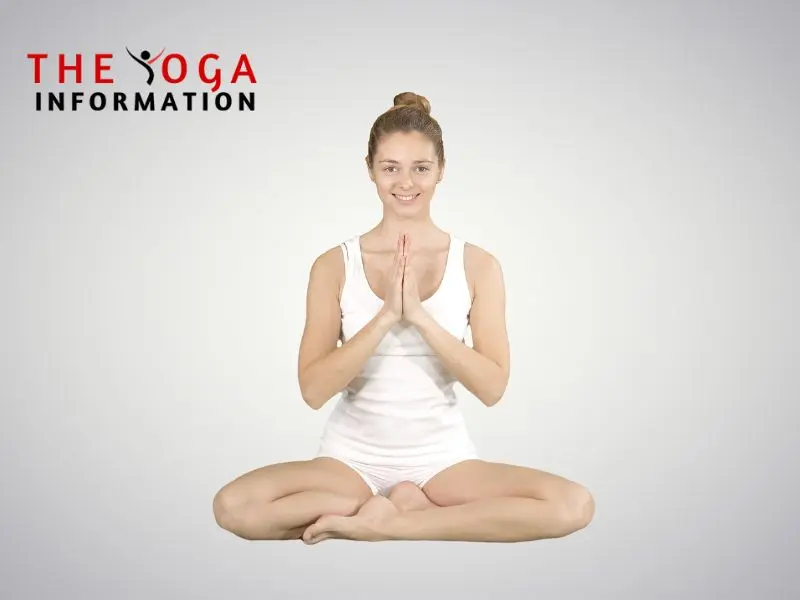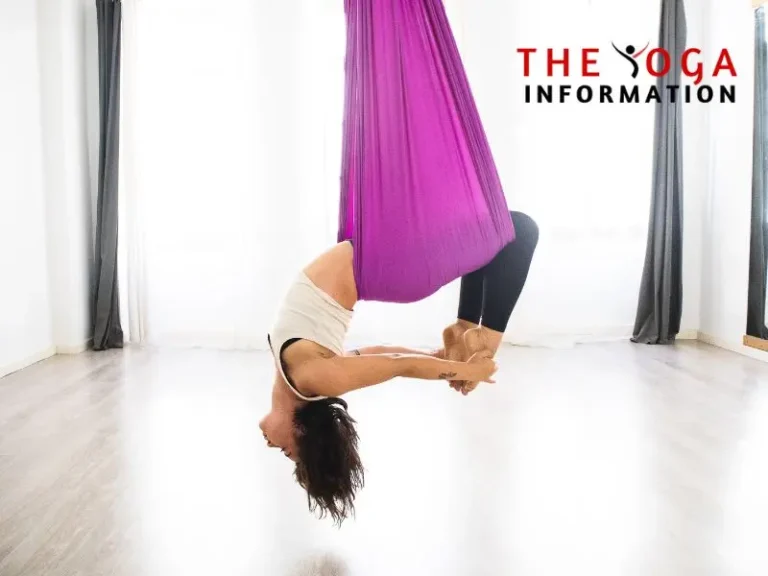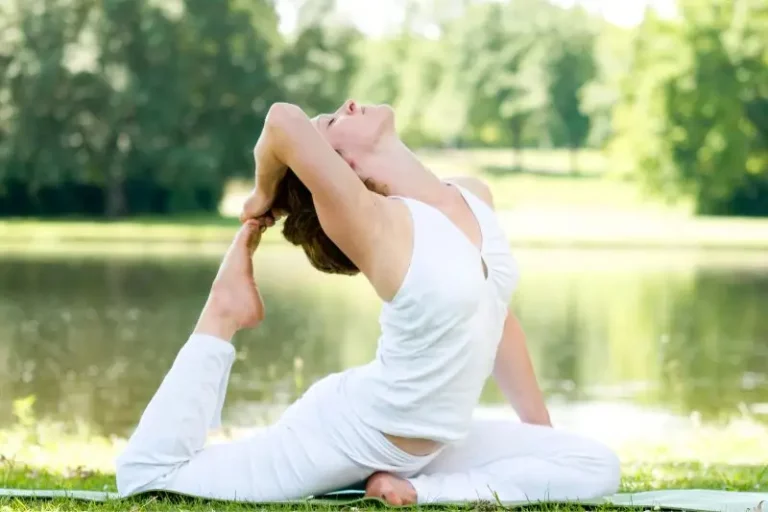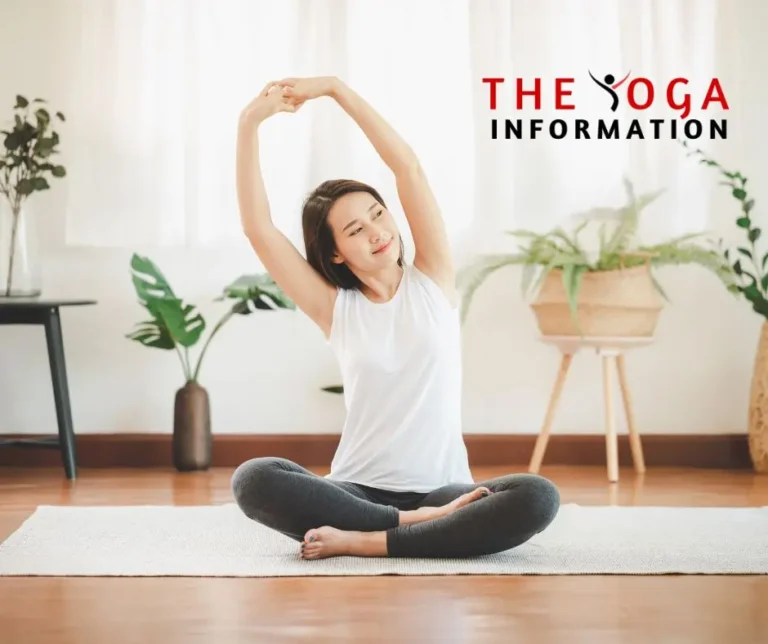Yoga can be practiced anywhere, even without a mat. If you find yourself without a yoga mat, there are still plenty of options for practicing yoga comfortably and safely. Whether you’re traveling, outdoors, or simply don’t have access to a yoga mat, it’s entirely possible to enjoy the benefits of yoga without one. In this blog post, we’ll explore various techniques and tips for practicing yoga without a mat. From understanding which surfaces are suitable for yoga to adjusting your poses for stability and comfort, we’ve got you covered.
Do You Need a Yoga Mat?
The simple answer is no, you don’t need a yoga mat to practice yoga. While a yoga mat can provide cushioning, support, and stability during asanas (yoga poses), it’s not the only way to practice. In fact, yoga can be done on various surfaces, making it accessible to everyone, regardless of their environment or resources.
Practicing Yoga Without a Mat
If you find yourself wanting to practice yoga but don’t have access to a yoga mat, there are several alternatives to consider:
Carpet or Rug
Many practitioners find that a carpet or rug provides enough cushioning and grip to comfortably practice yoga at home. The softness of a carpet can support your joints during poses, and the texture can offer traction for stability.
Towel or Blanket
Using a towel or blanket can also serve as a makeshift yoga mat. Simply place it on the floor to create a padded surface for your practice. This can be especially helpful if you’re practicing on a hard surface.
Grass or Sand
Practicing yoga outdoors on grass or sand can be a refreshing and grounding experience. These natural surfaces offer a different connection to the earth and can add an extra element of mindfulness to your practice.
Bare Floor
Some practitioners prefer practicing yoga directly on a bare floor. While it may not offer the same cushioning as a yoga mat, it can help improve balance and stability as you engage with the firmness of the ground.
Tips for Practicing Yoga Without a Mat
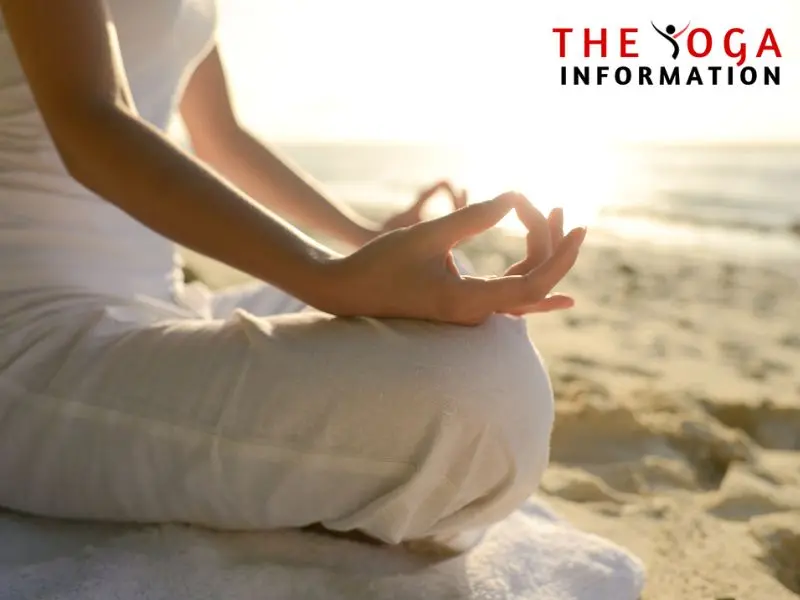
If you find yourself without a yoga mat, don’t let that stop you from enjoying your practice. Here are some tips for practicing yoga without a mat:
Choose the Right Surface
Look for a clean and even surface to practice on. Hardwood floors, carpet, grass, or sand can serve as alternatives to a yoga mat. Just make sure the surface is comfortable and provides enough traction to prevent slipping.
Use a Towel or Blanket
If you’re practicing on a hard surface, such as hardwood floors, consider using a towel or blanket to cushion your body during poses. Fold the towel or blanket to provide extra support for your knees, hips, or any other areas that may need cushioning.
Mindful Movement
When practicing yoga without a mat, be mindful of your movements and transitions between poses. Pay attention to your body’s alignment and use your awareness to adjust your position as needed.
Focus on Balance
Without the grip of a yoga mat, you may need to focus more on your balance in standing and balancing poses. Engage your core muscles and spread your weight evenly to maintain stability.
Practice Outdoors
Embrace the opportunity to practice yoga in nature. Find a peaceful spot in a park, beach, or garden, and connect with the earth as you practice without a mat.
Modify Your Practice
Some poses may feel different without a mat, so don’t hesitate to modify them to suit your needs. For example, you can use props like blocks or cushions to support your practice.
Embrace the Experience
Practicing yoga without a mat can offer a different sensory experience. Embrace the sensations of the ground beneath you and use it as an opportunity to deepen your mind-body connection.
Yoga without a mat Benefits and Drawbacks
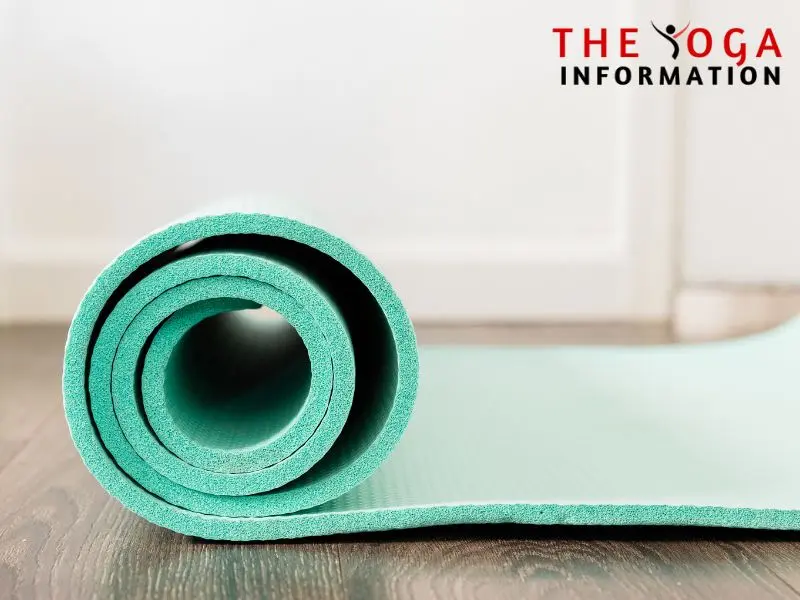
While yoga mats are commonly used for yoga sessions, there are times when you might find yourself without one. Whether you’re traveling, outdoors, or simply don’t have a mat available, practicing without a mat can be a viable option.
Benefits of Yoga Without a Mat
Accessibility
One of the primary benefits of practicing yoga without a mat is the accessibility it offers. You can practice yoga anywhere, whether it’s at the beach, in a park, or even in the comfort of your own home without the need for a yoga mat.
Connection with Nature
Practicing yoga directly on the ground allows you to connect with nature and feel grounded. This can enhance your overall yoga experience and bring a sense of mindfulness to your practice.
Improved Stability and Strength
Without the cushioning of a yoga mat, practicing yoga on a firm surface can help improve your stability and strength. It requires engaging your muscles more to maintain balance and stability in various yoga poses.
Mindfulness and Focus
Yoga without a mat encourages practitioners to be more mindful and focused on their body’s alignment and connection with the ground, thus enhancing the mind-body connection.
Drawbacks of Yoga Without a Mat
Discomfort
One of the main drawbacks of practicing yoga without a mat is the potential discomfort from hard or uneven surfaces. This can lead to strain on the joints and discomfort during certain poses, especially for those with sensitive knees or wrists.
Hygiene Concerns
Practicing yoga directly on the ground can expose you to dirt, germs, and uneven surfaces, which may not be ideal for maintaining hygiene during your practice.
Limited Cushioning
Yoga mats provide cushioning and support for the body during yoga practice, which can be particularly beneficial for individuals with joint pain or those who require extra support during certain poses.
Conclusion
Practicing yoga without a mat is not only possible but can also add a new dimension to your practice by allowing you to connect with different environments and surfaces. By following the essential tips for practicing without a mat, such as finding a suitable surface, using props for support, and focusing on balance and stability, you can enjoy the benefits of yoga anywhere, whether it’s in the great outdoors, while traveling, or simply at home. Embracing the versatility of yoga and adapting to different settings can deepen your connection to the practice and enhance your overall experience.
